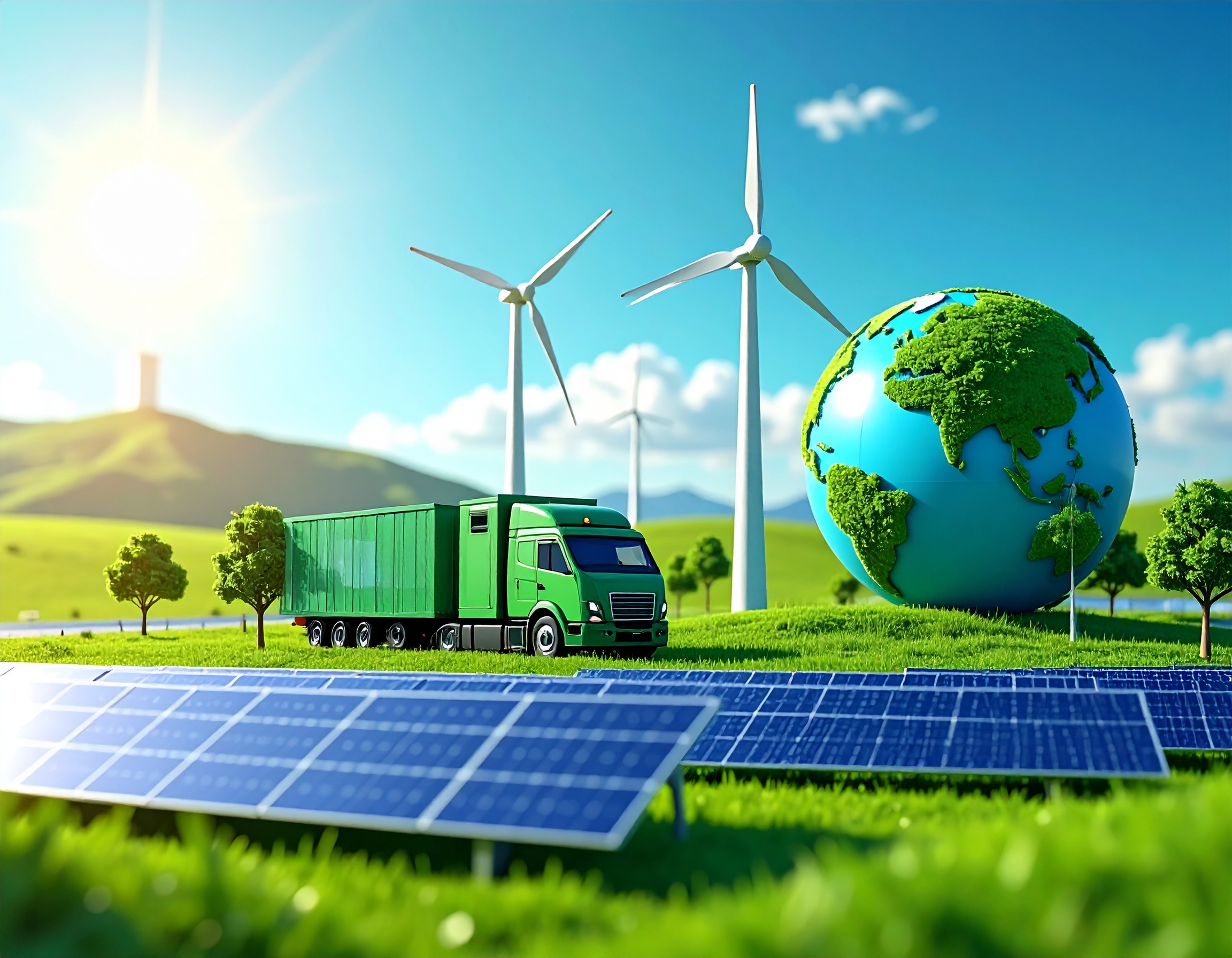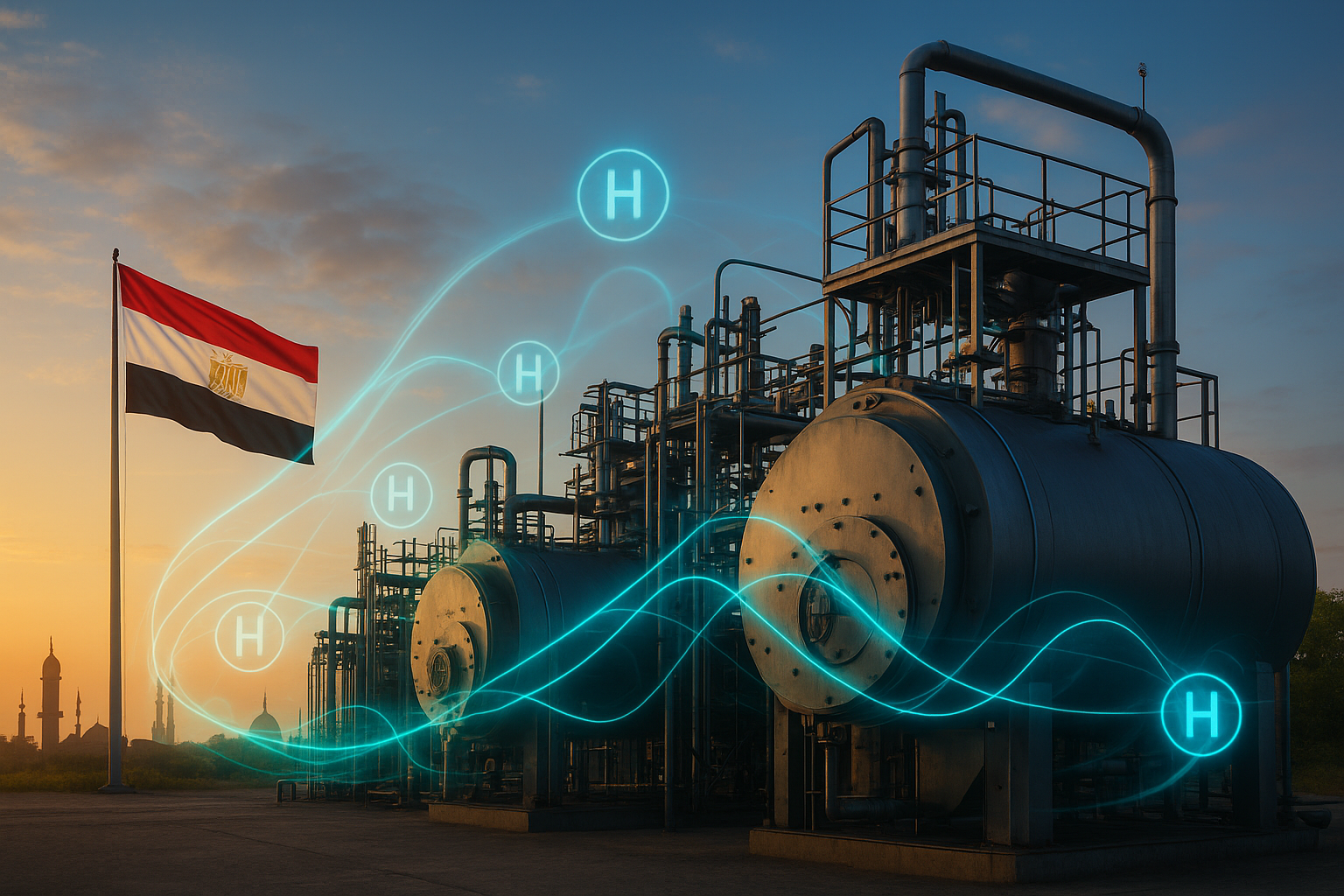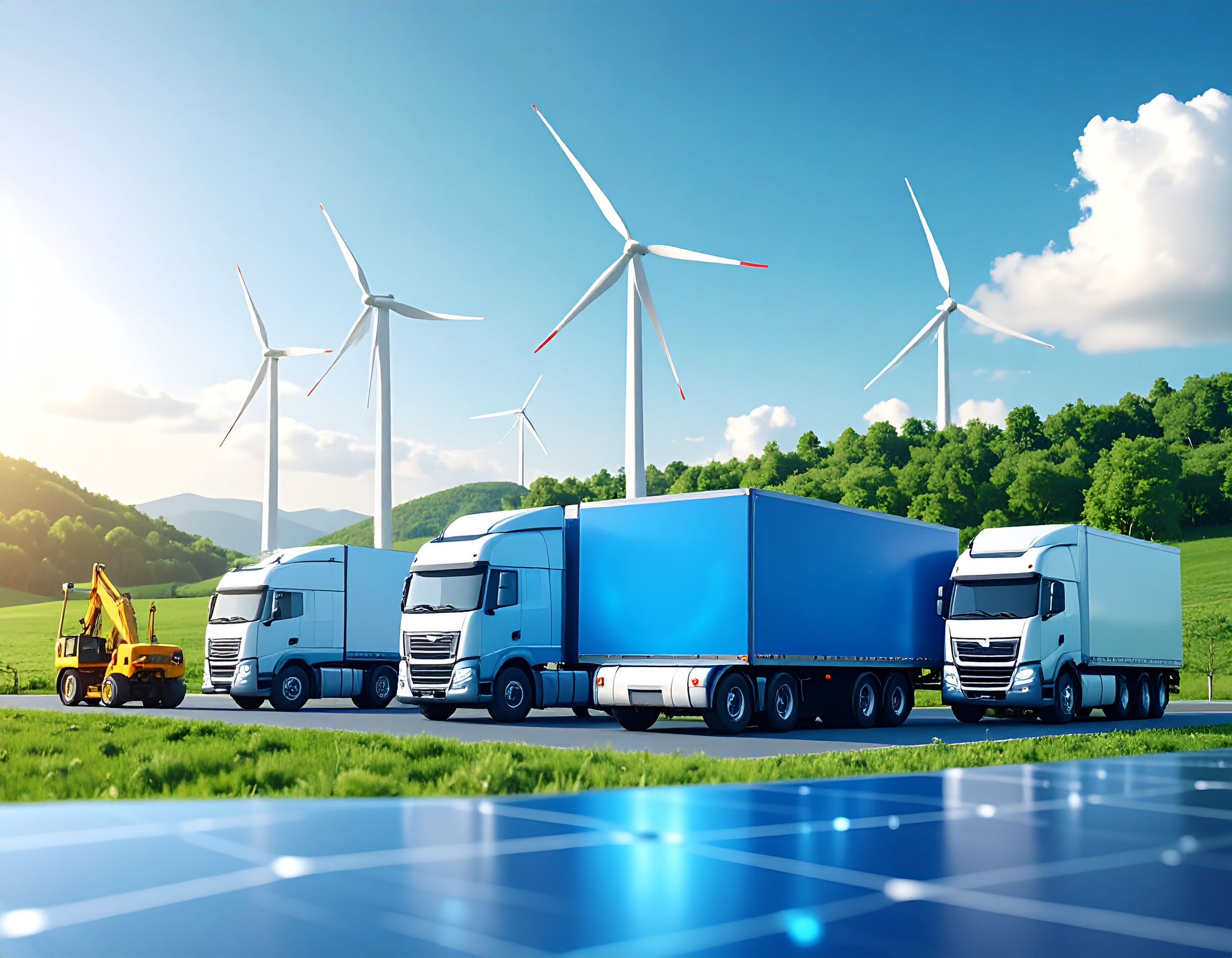Green Hydrogen Poised to Transform Industrial Decarbonisation in the Global South

New IRENA Analysis Highlights Green Hydrogen’s Role in Driving Energy Independence, Industrial Growth, and Job Creation
The International Renewable Energy Agency (IRENA) has unveiled promising new findings demonstrating the transformative potential of green hydrogen to decarbonise hard-to-abate industrial sectors across the Global South. This breakthrough highlights green hydrogen as a pivotal clean energy solution for industrial decarbonisation, energy independence, and economic development in emerging economies.
Green hydrogen, produced via electrolysis powered exclusively by renewable energy, and its derivatives such as ammonia, methanol, and e-fuels, are emerging as essential components in the global transition to net zero emissions. IRENA’s analysis underscores green hydrogen’s ability to serve not only as a low-carbon energy carrier but also as a clean feedstock in traditionally carbon-intensive industrial processes — a game changer for sectors like steel production, chemicals, and heavy-duty transport.
Unlocking Industrial Decarbonisation with Green Hydrogen
The report highlights green hydrogen’s critical role in replacing fossil fuel-based “grey” hydrogen, particularly in industries where emissions have proven difficult to eliminate. In steelmaking, green hydrogen enables direct reduction of iron, dramatically cutting carbon output. Similarly, in the transport sector, green hydrogen and its derivatives like ammonia and e-fuels offer clean alternatives to fossil fuels for aviation, maritime shipping, and long-haul trucking—sectors that demand high energy density fuels for extended journeys.
Moreover, green hydrogen addresses the challenge of seasonal energy storage by enabling excess renewable electricity to be stored and used during peak demand periods. Flexible electrolysers can enhance grid stability and support the integration of variable renewable energy sources, reinforcing power system resilience.
Global South: From Energy Importers to Green Hydrogen Exporters
With vast renewable resources, the Global South is uniquely positioned to lead in green hydrogen production and export. IRENA’s analysis reveals that countries in Latin America, Sub-Saharan Africa, and North Africa have the potential to become major exporters of green hydrogen and related commodities, shifting from energy importers to influential players in international green markets.
Latin America’s abundant solar and wind resources combined with existing industrial infrastructure could see it supplying green ammonia, e-methanol, and direct reduced iron to markets in North America, Europe, and Asia. Sub-Saharan Africa’s strategic location offers access to European and Asian markets, while vast land availability supports large-scale renewable infrastructure. North Africa could supply up to 18% of Europe’s green hydrogen demand by 2050, fostering a robust Euro-Mediterranean energy partnership.
Significant Investment and Policy Coordination Needed
To realise this vision, developing nations must synchronise policy frameworks with infrastructure investments. IRENA estimates a global investment of USD 2.49 trillion is required by 2050 to build renewable energy capacity, electrolysers, and storage facilities essential for a thriving hydrogen economy. This includes 4.7 terawatts of renewable energy, 2.1 terawatts of electrolyser capacity, and 0.9 terawatt-hours of battery storage.
A Green Industrial Future Awaits
Green hydrogen offers a pathway to decarbonise the most challenging industrial sectors, fuel economic growth, and enhance energy security in the Global South. As global demand for green commodities surges, countries with abundant renewable energy resources are poised to lead the next industrial revolution — building sustainable economies while combating climate change.

